Cheongnyeongpo Scenic Spot (청령포)
10.6Km 2024-04-02
133 Cheongnyeongpo-ro, Yeongwol-eup, Yeongwol-gun, Gangwon-do
Cheongnyeongpo Scenic Spot is one of Yeongwol's representative tourist destinations, also well known as Joseon's 6th king Danjong’s home in exile. The Namhangang River surrounds its three sides, and there are mountains on the other side. It is only accessible by boat. For reference, there is no set schedule for the departure and arrival of the boat, and it starts operating once the travelers are seated to some extent. Travelers are welcomed by tall pine trees when entering Cheongnyeongpo. There are many historical sites, such as Danjong's home in exile, a pine tree about 600 years old called Gwaneumsong, and Manghyangtap Tower, which serves as an observatory.
Pyeongchang Eoreumchi Village (평창 어름치마을)
11.5Km 2024-02-16
42-5 Maha-gil, Mitan-myeon, Pyeongchang-gun, Gangwon-do
Pyeongchang Eoreumchi Village is dedicated to preserving the habitat of the Eoreumchi (Cyprinid Fish), a natural monument that thrives in pristine environments. The village offers immersive rural experiences and ecotourism activities. Visitors have the opportunity to engage in water sports like rafting and kayaking on the Donggang River, as well as mountain climbing on Baegunsan Mountain. Other activities include trekking through Chiljokryeong and exploring the Baengnyongdonggul Cave. Reservations for these experiences can be made through their website.
Seondol Cliff [National Geopark] (선돌 (강원고생대 국가지질공원))
11.8Km 2022-12-28
373-1, Bangjeol-ri, Yeongwol-gun, Gangwon-do
+82-1577-0545
Seondol Cliff features a large split rock standing over the curving river below. The scene created by these two natural elements appears other-worldly. A rocky outcrop appears to have been cut away from the main cliff with a giant knife. Geologically, it was formed by corrosion of the limestone bedrock.
Kim Satgat Historic Site (난고 김삿갓 유적지)
12.7Km 2024-02-16
216-22 Gimsatgat-ro, Gimsatgat-myeon, Yeongwol-gun, Gangwon-do
Nango Kim Satgat (1807-1863) was a prominent literary figure who traveled extensively across the Korean Peninsula, leaving behind a rich legacy of literary works. His sobriquet “Satgat” originated from his habitual wearing of a “satgat” (a traditional Korean hat) and his preference for introducing himself by this name. The historic site dedicated to him includes several key features: the house where he once lived, his tomb, a literary museum that showcases his life and works, and a sculpture of the poet.
Ondal Tourist Area (온달관광지)
15.6Km 2024-02-26
23, Ondal-ro, Yeongchun-myeon, Danyang-gun, Chungcheongbuk-do
Ondal Tourist Area is the site of a battle between Goguryeo and Silla in the 6th Century over the control of the Hangang River. It is home to Ondal Exhibition Hall, the Ondal Open Film Set, Ondalsanseong Fortress, and Ondaldonggul Cave, inspired by the story of Goguryeo general Ondal and Princess Pyeonggang. Many Korean historical shows have been filmed in the Ondal Open Film Set. Ondaldonggul Cave was formed by the dissolution of limestone created during the Paleozoic period.
Danyang Ondaldonggul Cave (단양 온달동굴)
15.6Km 2025-12-15
23 Ondal-ro, Yeongchun-myeon, Danyang-gun, Chungcheongbuk-do
Ondaldonggul Cave is located underground at the foot of Seongsan Mountain, where Ondalsanseong Fortress is situated. It is a natural limestone cave that is estimated to have begun forming around 450 million years ago. The total 760 meter-long cave covers an area of 349,485 square meters. The cave mouth is two meters high, while the cave itself is 5 to 10 meters high and about 5 meters wide. The cave features stairway structure and contains an abundance of beautiful stalagmites and stalactites. The average temperature of the cave maintains 14 degrees Celsius in summer and 16 degrees Celsius in winter, making it a perfect all-year-round attraction. The cave is rich in underground water resources and there is a 0.8 to 1 meter-deep cave river flowing at the bottom of the cave floor. The cave also has over 40 small ponds that are inhabited by a variety of living organisms like fish and insects.
Situated on top of the mountain peak to the left of the cave is Ondalsanseong Fortress. The fortress has been preserved in its original form throughout some 1,400 years and shows the advanced building skills of Goguryeo Era (37 BC-668 AD). The annual Ondal Culture Festival is held every October around Ondaldonggul Cave and Ondalsanseong Fortress in memory of the legendary love story between General Ondal and Princess Pyeonggang. Other attractions in the area include a theme park and Jangseung (Korean traditional totem poles) Park.
Maguryeong Pass / Gochiryeong Pass (마구령/고치령)
16.1Km 2024-02-23
[Maguryeong Pass] Imgok-ri, Buseok-myeon, Yeongju-si, Gyeongsangbuk-do
Maguryeong Pass and Gochiryeong Pass stand as iconic hills of Sobaeksan Mountain. They are known for their historical significance as rugged pathways where people and goods traversed during the Goryeo and Joseon dynasties. Situated on the easternmost edge of Sobaeksan Mountain, Maguryeong Pass derives its name from its function: "Magu" meaning "harness" and "Ryeong" meaning "pass" in Korean, highlighting its past as a route where merchants commonly traveled on horseback. Meanwhile, Gochiryeong Pass served as a vital transport link to the Gwandong and Hoseo regions. In the Silla dynasty, this pass was earmarked for palace construction at the base of the hill, which led to its name "Gochiryeong" – "Go" indicating "old", "Chi" representing "hill", and "Ryeong" meaning "pass" in Korean – effectively translating to "old hill pass".
Sansogui Chingu (농가맛집 산속의 친구)
16.4Km 2024-01-09
132-54 Deokjeon-gil, Buk-myeon, Yeongwol-gun, Gangwon-do
Sansogui Chingu, which means "a friend in the mountains," is a recognized restaurant in Yeongwol that has earned the title "Nongga Matjip," which means Delicious Farmhouse Restaurant. It has the cozy ambience of a typical countryside tile-roofed farmhouse. The restaurant makes their own soybean and red pepper paste, which are stored in the numerous crocks seen by the restaurant building. The restaurant's signature menu is Gangwon Namul Bap (wild vegetable rice set menu). The appetizing wild vegetables such as fisher’s ragwort, cow parsnip, and thistle are seasoned with housemade soy sauce, pastes, and enzymes, giving a deep and rich taste that cannot be achieved with additives or store bought seasonings. Visitors can also purchase soybean paste, soy sauce, red chili paste, and rich soybean paste made in the traditional way.
Namcheongyegok Valley (남천계곡)
17.1Km 2024-02-26
375, Namcheongyegok-ro, Yeongchun-myeon, Danyang-gun, Chungcheongbuk-do
Namcheongyegok Valley is located on the northern side of Sobaeksan National Park. The forest is preserved quite well because the valley is located deep within the mountain. Freshwater fishes can be found within the clear water of the valley. The lush plants and clear water in summer and the fall foliage in autumn present a beautiful view. Follow the small trails to find the Namcheon Campground, where one can enjoy camping deep in the forest.
High Healing 1 (산림힐링재단(하이힐링원))
17.1Km 2025-10-23
113 Seomjigol-gil, Sangdong-eup, Yeongwol-gun, Gangwon-do
+82-33-370-7777
High Healing 1, established in 2019 as a social contribution foundation and wellness institution under Kangwon Land, aims to enhance public health and quality of life. It offers high-quality programs such as life detox, forest education & therapy, and healing experiences utilizing content that combines natural healing factors with cultural and artistic elements. Notably, High Healing 1 was chosen as one of the '64 Recommended Wellness Destinations of 2023' by the Korea Tourism Organization and the Ministry of Culture, Sports and Tourism. With this, High Healing 1 has become the first wellness tourism destination in Yeongwol-gun.

![Seondol Cliff [National Geopark] (선돌 (강원고생대 국가지질공원))](http://tong.visitkorea.or.kr/cms/resource/00/2026100_image2_1.jpg)
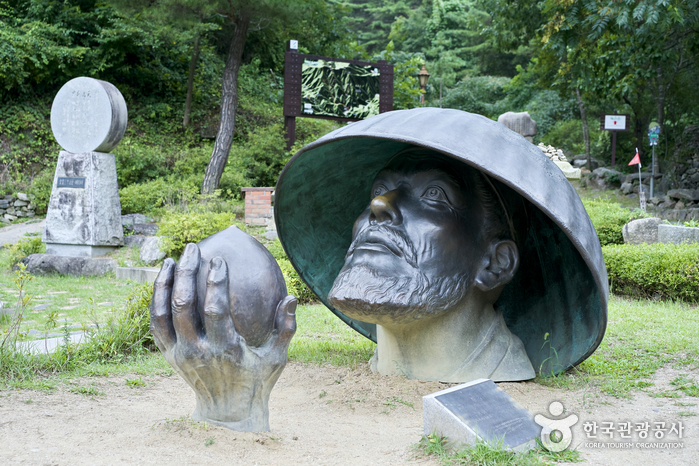
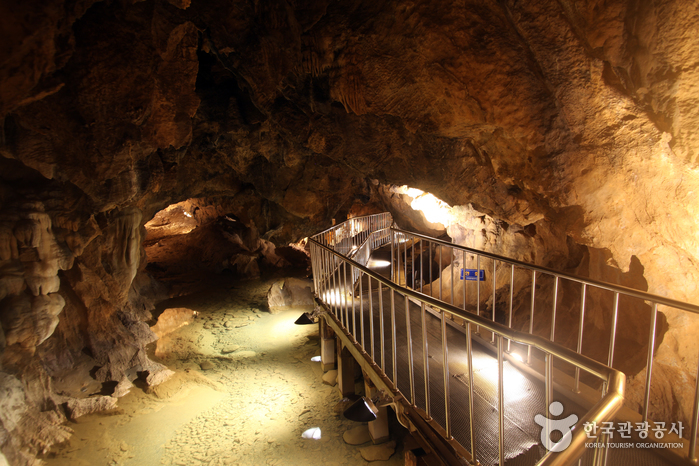
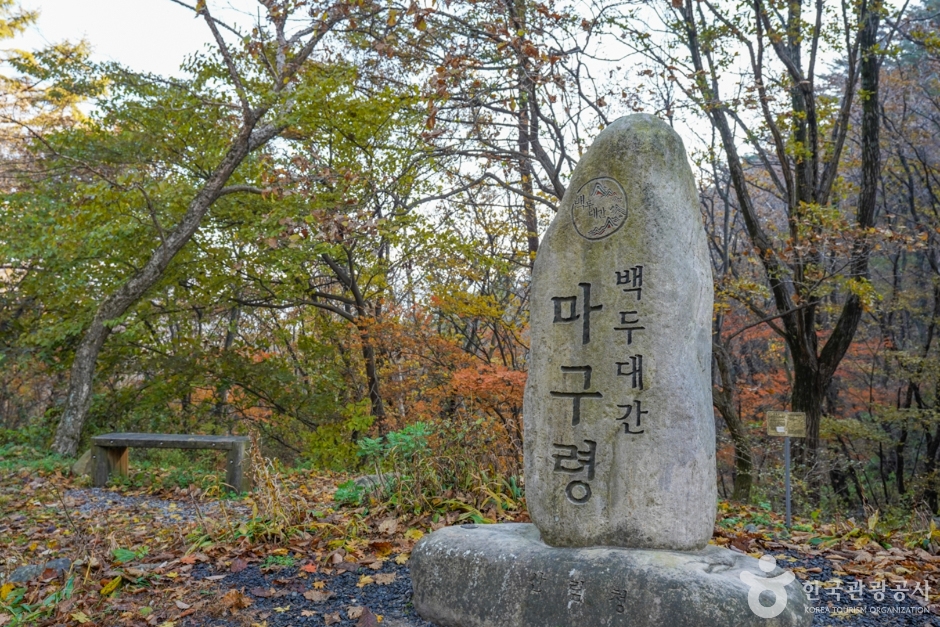
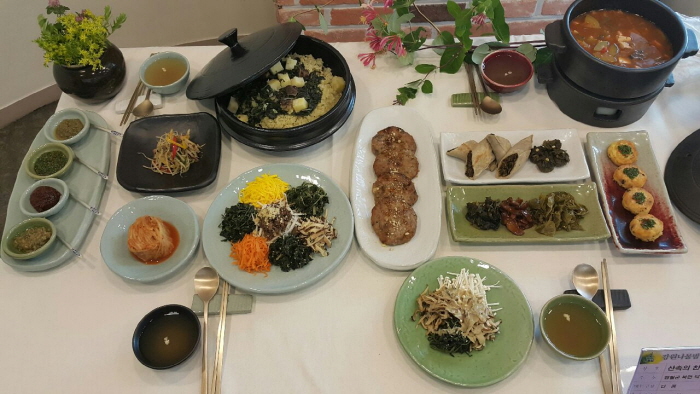
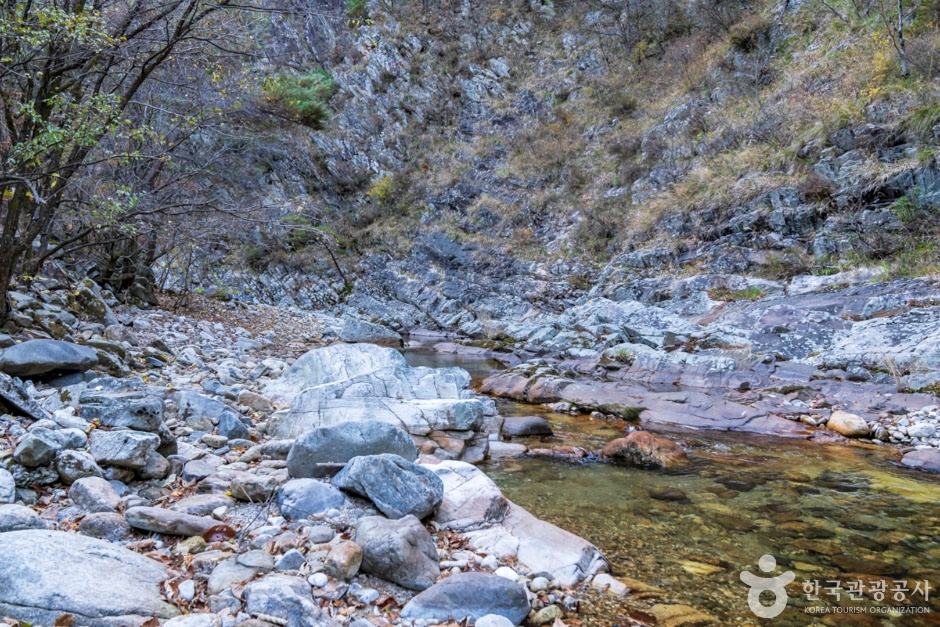
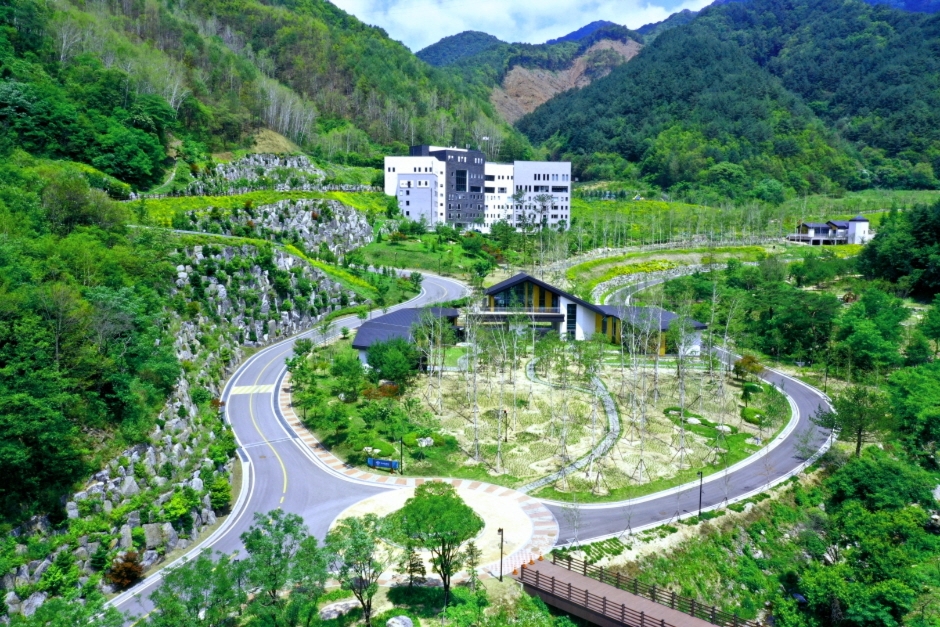
 English
English
 한국어
한국어 日本語
日本語 中文(简体)
中文(简体) Deutsch
Deutsch Français
Français Español
Español Русский
Русский